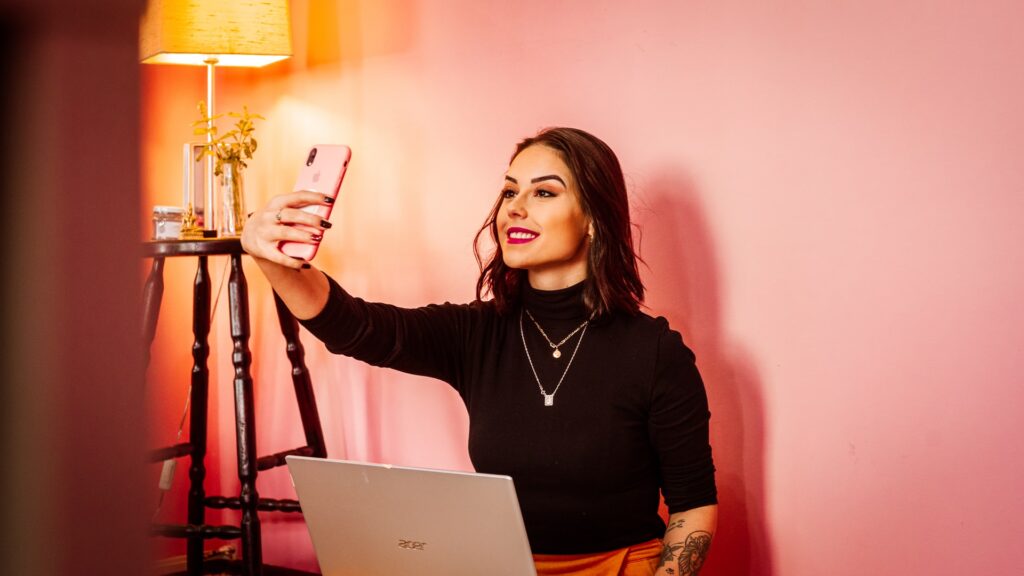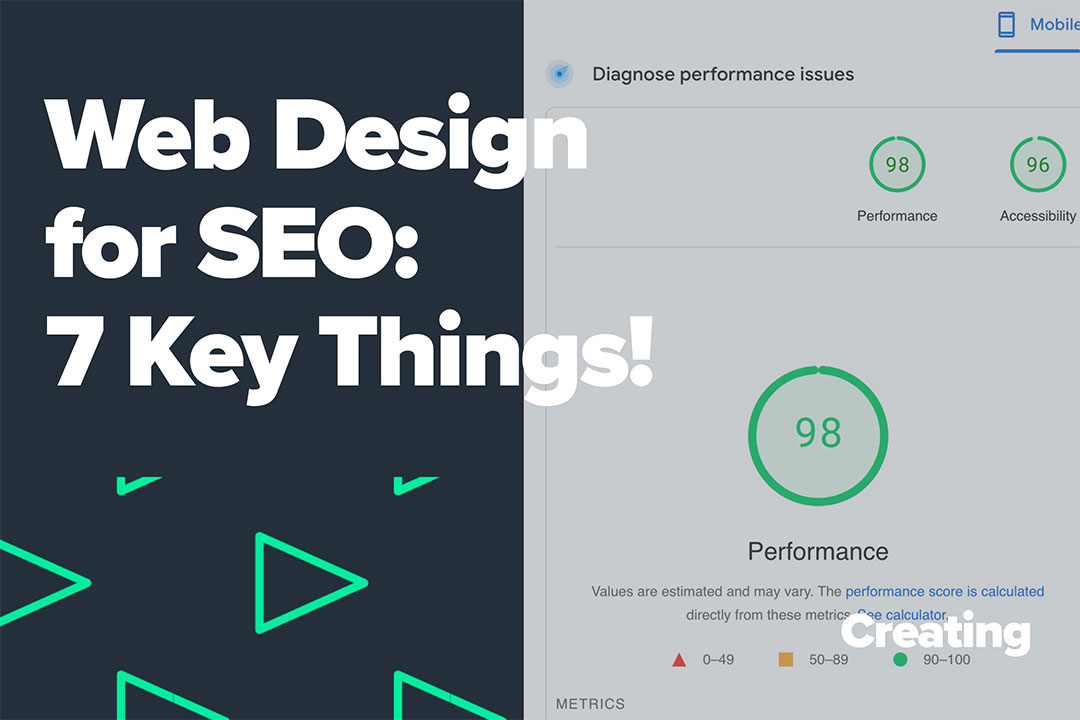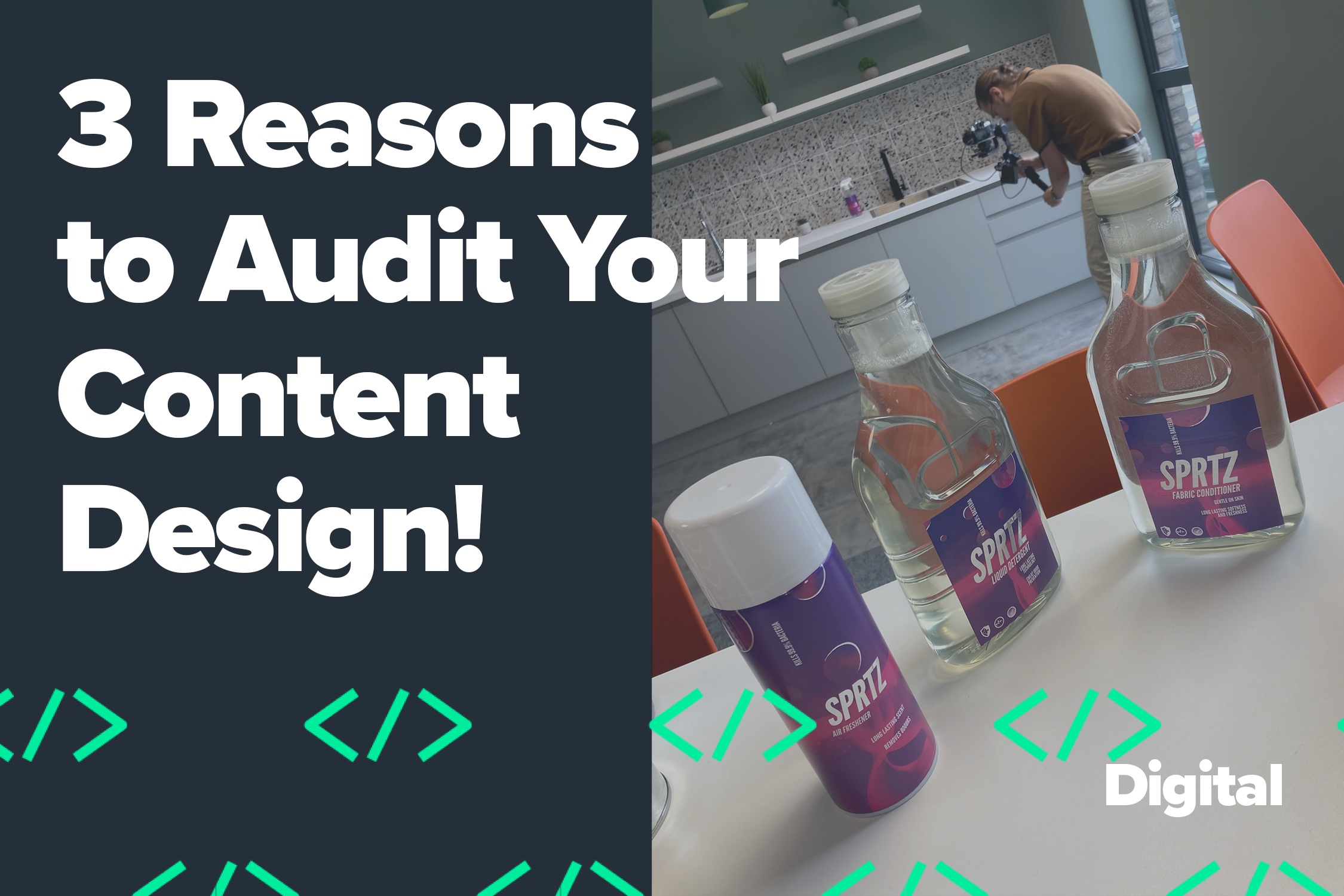With ongoing advancements in visual technology, businesses are constantly looking for new and innovative methods to promote their brand as well as create engaging experiences for customers and enhance the overall experience of stakeholders.
With advancements in smartphone technology, augmented reality (AR) is now more accessible than ever to the public, allowing many businesses and brands to develop immersive and captivating content. One incredible way in which this technology has been utilised by brands, is through augmented filters, which allows customers to use the front-facing camera on their smartphones to interact and engage with digital objects in an augmented environment. Many people may already be familiar with these experiences due to the popularity of AR filters on social media platforms such as Instagram, Snapchat and TikTok. Due to low set up costs and highly engaging customer experience, more and more brands are jumping on the bandwagon and developing their own augmented reality filters!
In this blog, we will explain the multiple benefits of AR filters and explore how different brands have developed their own engaging customer experiences.
…but before we dive in, here’s a brief explanation as to what AR filters are!

What is an AR filter?
Augmented reality (AR) is a technology that blends real-world elements with virtual ones. AR is most commonly accessed via smartphones and uses camera and sensor technology to superimpose digital information (such as sounds, images and text) on top of the real world we see.
As smartphones have become increasingly accessible, this has allowed many businesses to develop immersive and captivating AR filter experiences allowing users to engage and interact with augmented digital objects right in front of their face! Over the past few years, social media platforms such as Instagram, Facebook, Snapchat and TikTok have created development platforms allowing businesses to develop their own AR filters, granting brands an incredibly effective channel of communication to customers.
Different Types of AR Filters
With easy access to AR development platforms, there is a huge variety of different AR filter formats to choose from. These range from simple face filters to incredibly complex 3D models! Here’s a list of some of our favourite AR filter formats,
1. Face Filters
Face filters are most commonly used across social media to modify facial features.
2. Randomisers
We’ve all seen these “what X are you” filters! Ranging from “which Disney Villain are you?” to “what McDonald’s meal are you?” These may be simple, but they’re also incredibly effective marketing tools.
3. World Effect
World effects are the filters that put 3D objects in the environment by using the rear camera.
4. Portals
Portals filters can transport you to a totally different world through a doorway into a digitally augmented environment.
5. Mini-Games
Face gestures and touch responses can be used to play mini games and quizzes.
6. Try-On Products
Users can virtually try on consumer products such as hats, glasses, jewellery, and clothing onto themselves.
7. Image Trackers
Image trackers use predefined images to superimpose a 3D object, animated graphics, filters or additional information.
Benefits of AR filters?
As you can imagine, there are some huge benefits for brands for utilising augmented reality filters and creatin a highly engaging user experience! Here are five of our favourite benefits!
1. Better Audience Engagement
One of the best features of AR filters is that they are a highly engaging experience which are “4x more engaging than a mobile video” (Shreya Bhattacharya). This high engagement rate is due to AR filters being highly interactive which requires the user’s attention to function.
2. Highly Memorable Experience
Due to the highly engaging and interactive experience, AR filters have a 70% better memory recall than traditional advertising methods.
3. Enhanced Purchasing Journey
Another benefit of AR Filters is that these can allow customers to virtually sample products such as clothing, accessories, and cosmetic products. Allowing customers to sample these products can help to enhance the overall purchasing journey and influence spontaneous buying.
4. User-Generated Content
On social media, people don’t just follow other people, they follow brands too! Research suggests that 80% of social media users follow at least one company page, meaning that brands can use this opportunity to capitalise on user-generated content. By creating an interactive AR filter experience, users can share this engaging experience with likeminded friends with similar interests.
5. AR Filters are very affordable!
AR filter projects are typically straight forward to develop with minimal resources require for development. As identified in the previous benefit, these experiences are highly shared through user-generated content. These factors result in AR filters being an overall incredibly affordable and effective marketing tool.

Branded AR Filters Examples
Branded AR filters are starting to sound pretty great right? Here are three of our favourite examples of brand who have utilised AR filters for their branding and marketing.
1. ASOS
In 2020, fashion retail brand ASOS launched a randomiser AR filter across Instagram and Snapchat called “What kind of ASOS shopper are you?”. This simple filter would help users to identify what type of shopper they are and encourage them share their results on social media.
2. Starbucks
Similarly to ASOS, Starbucks also created an AR filter campaign for coffee drinkers who are indecisive. This randomiser filter would promote various Starbucks drinks by helping users to identify which drink they are.
3. Venom: Let There Be Carnage
Another great example of a branded filter comes from Sony, who developed an augmented face filter to help promote their blockbuster film ‘Venom: Let there be Carnage’.’ Here, users could superimpose animated features onto their face to make themselves look like the title character Venom.
4. RayBan
Our final example comes from glasses brand Ray-Ban have created an augmented reality filter on Instagram where users can try on a 3D model of their various sunglasses and glasses with added visual effects in the background.
Summary
As you can see, branded augmented filters are an incredibly practical tool for promoting brands in a highly engaging method! In addition to filters, there are so many other practical ways in which augmented reality technology can help to promote products, increase brand awareness, and enhance the customer journey. We explore some of these various methods in our blog here!
Furthermore, with the Metaverse on the horizon, we firmly believe that we will soon see augmented reality technology become an essential part of every marketing mix.
Sounds great right? Want to get involved and incorporate augmented reality into your business? Well, good news! Our friendly team at Eon Visual Media can help collaborate with you and develop a highly interactive and engaging augmented reality experience to help promote your brand, products, and services.
For over 10 years, our team of experts have helped to develop apps for some of the UK’s largest B2B and B2C businesses, turning their ideas into reliable and robust pieces of technology.
Want to find out more? Drop us a message, and we would love to chat to you about your idea!





